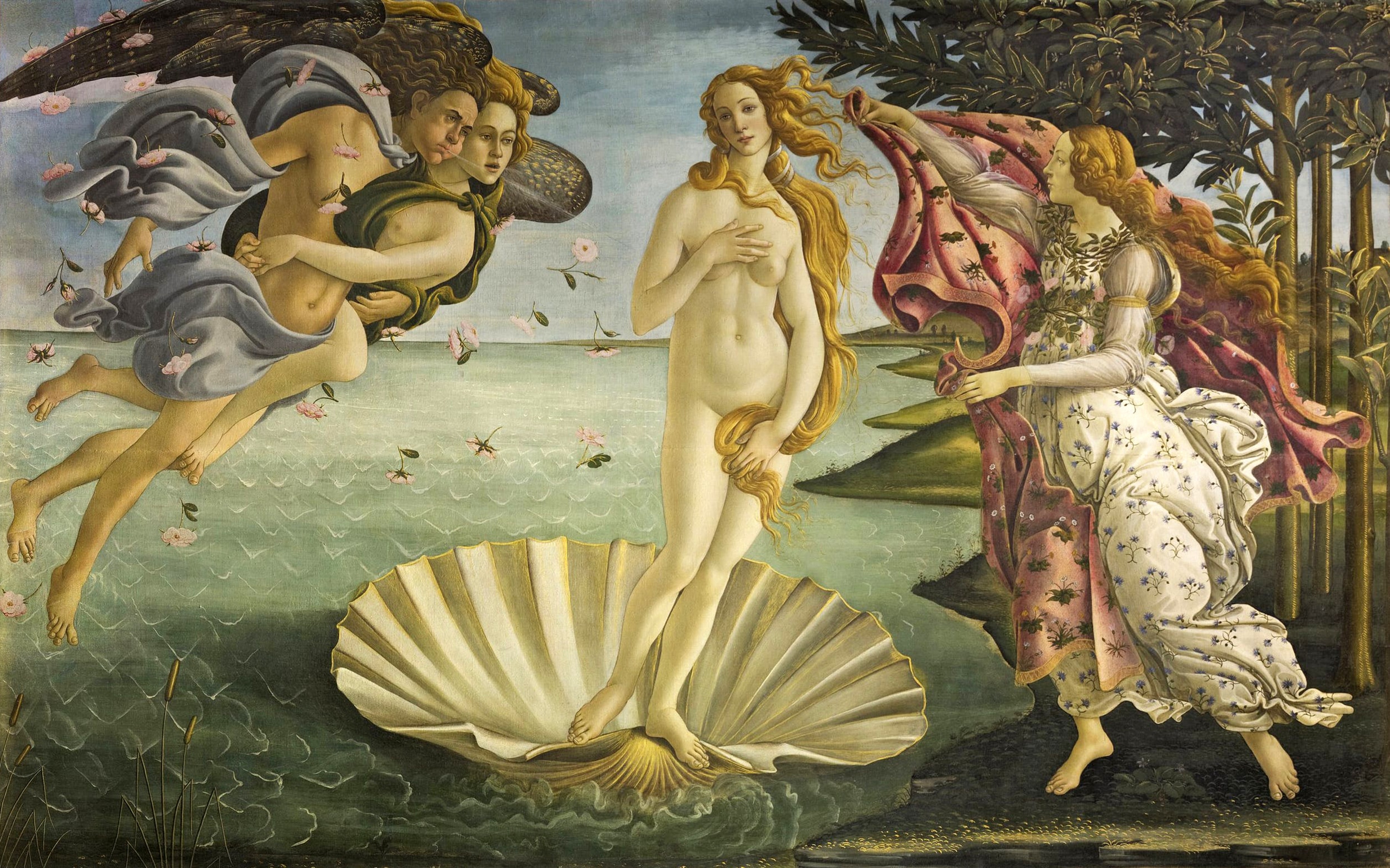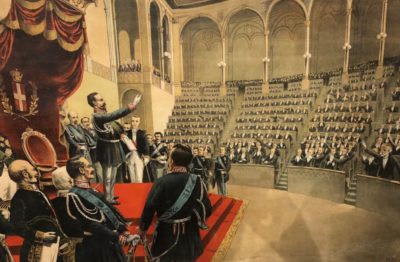Thousands of Lower Paleolithic artefacts have been recovered from Monte Poggiolo, dating as far back as 850,000 years.
Excavations throughout Italy revealed a Neanderthal presence dating back to the Middle Palaeolithic period some 200,000 years ago, while modern humans appeared about 40,000 years ago at Riparo Mochi.

Archaeological sites from this period include Addaura cave, Altamura, Ceprano, and Gravina in Puglia.
The Ancient peoples of pre-Roman Italy – such as the Umbrians, the Latins, Volsci, Oscans, Samnites, Sabines, the Celts, the Ligures, the Veneti, the Iapygians, and many others – were Indo-European peoples, most of them specifically of the Italic group.
The main historic peoples of possible non-Indo-European or pre-Indo-European heritage include the Etruscans of central and northern Italy, the Elymians and the Sicani in Sicily, and the prehistoric Sardinians, who gave birth to the Nuragic civilisation.
Other ancient populations being of undetermined language families and of possible non-Indo-European origin include the Rhaetian people and Cammuni, known for their rock carvings in Valcamonica, the largest collections of prehistoric petroglyphs in the world.

A well-preserved natural mummy known as Ötzi the Iceman, determined to be 5,000 years old (between 3400 and 3100 BCE, Copper Age), was discovered in the Similaun glacier of South Tyrol in 1991.

The first foreign colonisers were the Phoenicians, who initially established colonies and founded various emporiums on the coasts of Sicily and Sardinia. Some of these soon became small urban centres and were developed parallel to the ancient Greek colonies; among the main centres there were the cities of Motya, Zyz (modern Palermo), Soluntum in Sicily, and Nora, Sulci, and Tharros in Sardinia.
Between the 17th and the 11th centuries BC Mycenaean Greeks established contacts with Italy and in the 8th and 7th centuries BC a number of Greek colonies were established all along the coast of Sicily and the southern part of the Italian Peninsula, that became known as Magna Graecia.
Ionian settlers founded Elaia, Kyme, Rhegion, Naxos, Zankles, Hymera, and Katane. Doric colonists founded Taras, Syrakousai, Megara Hyblaia, Leontinoi, Akragas, Ghelas; the Syracusans founded Ankón and Adria; the megarese founded Selinunte.
The Achaeans founded Sybaris, Poseidonia, Kroton, Lokroi Epizephyrioi, and Metapontum; tarantini and thuriots found Herakleia.
The Greek colonization placed the Italic peoples in contact with democratic forms of government and with high artistic and cultural expressions.



 A first administrative regulation in regions was given by Caesar Augustus (27 BC-14 AD).
A first administrative regulation in regions was given by Caesar Augustus (27 BC-14 AD). Among these, the
Among these, the 

